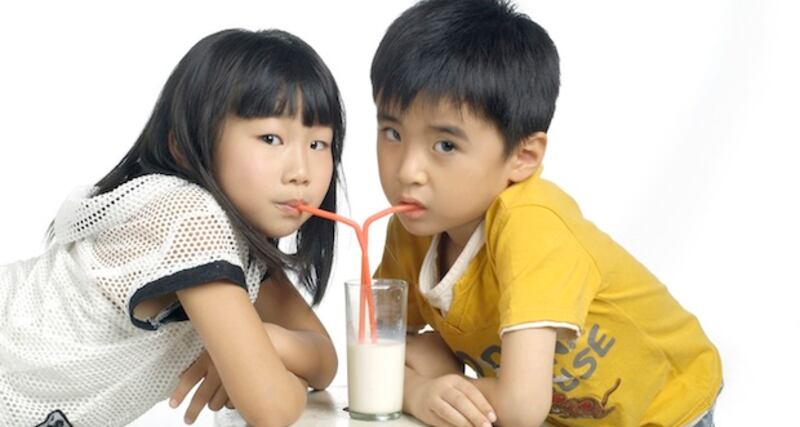When the Food Harvest 2020 report was published in 2010 it anticipated a potential market value of €12 billion for Irish food and drink exports by 2020. Given that the current market value exceeds €9 billion (up by €2 billion in three years) it looks likely to be realised. Bord Bia hope that the lifting of dairy quota restrictions from 2015 could add a further €1.5 billion.
Encouraged by favourable exchange rates, the UK bought nearly €4 billion of food and drink products in 2012. Year-on-year growth of exports to the international markets, dominated by Asia, Africa and North America, was weaker in 2012 (eight per cent) than 2011 (20 per cent), but the region still accounts for 27 per cent of total exports.
While the overall Irish food export market enjoyed a 30 per cent increase over the last three years, exports to Asia increased by 75 per cent in that time, with the current market value estimated at over €450 million. China is leading the way in terms of market growth, with exports increasing by 30 per cent last year, accounting for approximately €260 million.

Growth areas include pork exports, with Ireland’s leading processors now approved to export directly to China. But 60 per cent of exports still come from the dairy sector, which has been developing close links with China ahead of 2015’s quota changes. It is expected that by 2020, around half of China’s population will be middle class and urbanised, impacting on demand for premium protein and dairy products. Recent domestic food safety scares have encouraged Chinese consumers to pay premium prices for imported products such as infant formula. Ireland is responsible for 10 per cent of global infant formula production, so the potential is clear.









